After finishing my tour of the historic city of Meknes, I returned to the new part of the city and had a coffee on a terrace with a beautiful view.
But I couldn't stay there for too long. I needed to figure out how and when I would get to the city of Tetouan in the north of the country the following day, as that was my next destination.
So, I walked to the CTM coach station in the new part of Meknes (east of my hotel in the centre). At that time, in 2010, those were the better, more comfortable coaches, which wasn’t essential for me, but it had been recommended by the receptionist at the hotel I was staying in. However, it turned out they didn’t have a line to Tetouan.
That’s when a slight panic kicked in, so I grabbed a taxi to take me to the main coach station, which was on the completely opposite side of the city, all the way west of the old town and the Medina.
The driver spoke basic French (as did I), but he pretended not to understand, so I gave him the address of my hotel, which was on the way, so that my receptionist could tell him exactly where to take me.
In the meantime, I had gotten to know Meknes well enough to understand the basic directions. Naturally, he didn’t take the direct route, but went all around (almost twice the distance). I noticed it, but it didn’t matter. What was important to me was to get to the intercity coach station. Once there, it turned out I couldn’t buy a ticket right away, only the next day, but at least I found out that the bus was to leave at 12:00.
I told the taxi driver (he waited for me) to drive directly through the Medina. Even then, he tried to take me left and right to some other hotels, but I gave him directions. In the end, I told him to go to Avenue Hassan II (just straight ahead at that moment), but he turned right and drove me for another 1.5 km. That’s when I lost my temper.
The point wasn’t the money I ended up paying – it all cost significantly less than what I usually pay for a taxi at home – but that petty swindling really got on my nerves. Besides, I just wanted to get out of the taxi as soon as possible, not be driven around in circles.
It the end, he supposedly didn’t have any change to give me back properly (because I refused to leave a tip), but in reality, it all just showed what a fool he was. He would have gotten more from me through a tip than what he “earned” by dishonestly doing his job. But a petty soul is a petty soul. Poor guy, he just couldn’t help himself. I don’t know why taxi drivers in so many places around the world tend to be like that. Just to be clear –it’s the same in my own city, especially if the clients are foreigners who don’t know the local customs, prices, or directions. I’ve also had bad experiences with taxi drivers in Western European countries that are considered highly organised.
On the other hand, that day a man selling olives in the Medina, who even posed for a photo, let me try the olives for free. I wanted to buy them, he wanted to give them to me for free (it was a generous handful of olives), and I wanted to at least make a small purchase because he was so kind. I asked him how much and after we clarified who wanted what, he said I could give 2 dirhams. I gave him 5 and said that was fine, but he said no and, with a smile and full of kindness, gave me back 3. I would have bought more olives from him, but I didn’t know what to do with them. I ate some of the ones I got throughout the day, but there were still some left at the end.
All in all, after finally returning to the new part of the city, I stopped by a pastry shop where I had some sweets and drank an apple juice – more like a smoothie where you couldn’t really even taste the apples.
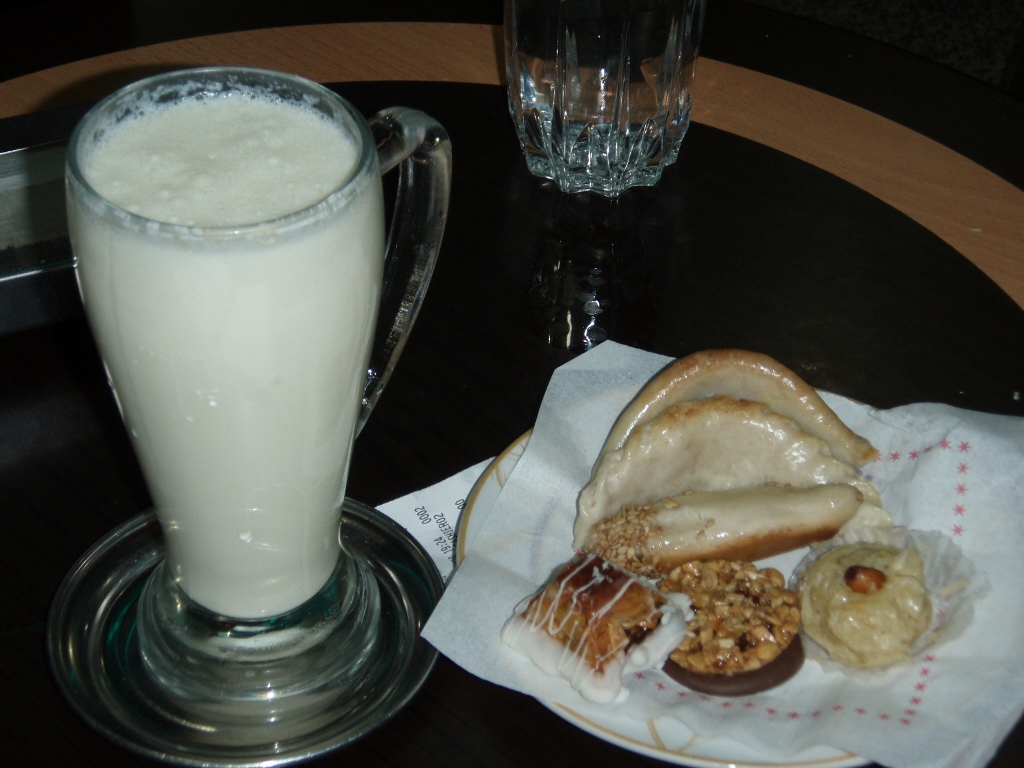 Dinner substitute in Meknes
Dinner substitute in Meknes
Then I stopped by an internet café to check in with the people I needed to and after that I returned to the hotel for a conversation with the receptionist, with whom I had arranged to look at one of his translations. We had discovered that we were colleagues (he had also studied English at university) and that’s how our conversation started.
As part of his graduation work, he had translated a story from Arabic into English, complete with a foreword and commentary, and it had been bound into a booklet. Since we had talked about it the previous day, he found it at home and brought it for me to read.
But before that, we sat in the hotel lobby and talked for about an hour about various topics –philosophy, life circumstances, and so on. It was an exceptionally interesting experience and also gave me a very specific insight into some local customs and interpersonal relationships.
I asked him if he had children (somehow I assumed he had a wife), and that’s when the story with Jamal really began.
He said he didn’t have children, and that his wife was a few years older than him and couldn’t have children. And then he continued...
At one point, his sister told his wife that things couldn't go on like that and that Jamal had to take another, younger wife who could give him children. His wife got upset and returned to her parents' house. Jamal was deeply hurt and barely managed to convince her to come back to him, while the talk of a second, younger wife and children was never brought up again. Now, as he told me, he was very happy, while his wife was a very good woman – she took care of him and kept the house in order.
Of everything we talked about that evening, this personal story of his left the strongest impression on me. Probably because it goes against the stereotypes we tend to have about relationships between men and women in the Muslim world. As everywhere, relationships are diverse, and any kind of generalisation can make sense to a certain degree, but there are certainly significant and striking exceptions.
At some point, I eventually retreated to my room, as I needed to pack and wash my hair. Later, I looked through the translation Jamal had given me, pausing here and there on random details (it was quite a long text and it would have taken me nearly the whole night to read it thoroughly). The next day, I wrote him a note on paper, complimented him and, as agreed, left it with the translation at the reception when I was leaving the hotel.
In the meantime, I went to have breakfast, where I finally started to feel stronger and more ready to eat.
I really enjoyed that they brought me two small bottles (about 2.5 dl each) of freshly squeezed orange juice – hmm... I wondered whether drinking half a litre of freshly squeezed orange juice was a good idea. Can a person overdo it even with good and healthy things?
In any case, I had a couple of free hours, so I went to exchange some money, stopped by an internet café and took a short walk. The day was beautiful, sunny and pleasantly warm, so that relaxed and peaceful morning suited me perfectly.
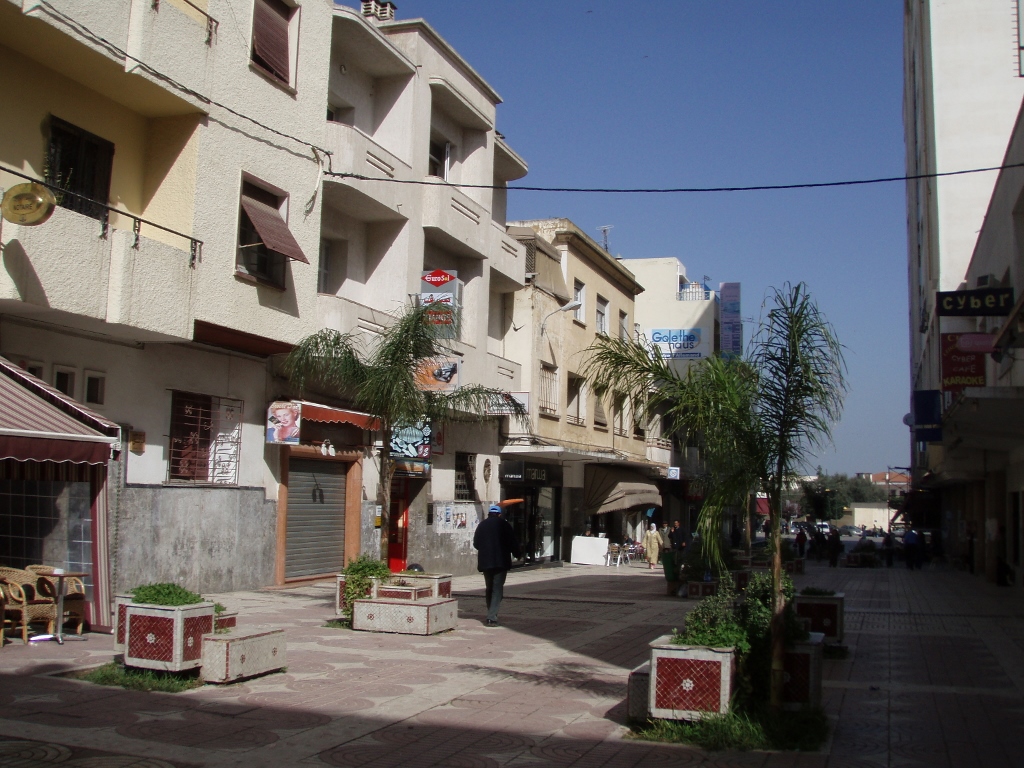 Meknes
Meknes
Around 11 o’clock, I caught a taxi and headed to the main coach station (Gare routière). There, I bought a ticket for Tetouan and then sat in the women’s section of the waiting area. As I had been told the day before, the coach was supposed to leave around noon, but I generally go by the rule: “better for me to wait for the coach than for the coach to wait for me.”
In any case, the man at the ticket counter told me the coach ride would take 4.5 hours, which sounded good to me because it meant I would arrive in Tetouan before dark. The distance between Meknes and Tetouan is about 250 km, so it all made sense.
Here is also the map showing all the places I visited in Morocco during this early spring 2010 trip, as well as where those places are located.
As it turned out, the ride took 6.5 hours instead of the announced 4.5. The issue was the announcement itself, which was overly optimistic, not to say outright false. What’s interesting is that the roads were perfectly fine and the coach didn’t seem like it was falling apart. So I have no idea why it was going so slowly; we took an hour and a half just to cover the first 40 km!
But since there was nothing I could do about it, I just looked out the window and enjoyed the scenery and the landscapes we were passing through.
That’s how I passed again by the town of Moulay Idriss, while on the opposite side of the road, a few kilometres away, there was Volubilis. You can read about my visit to this archaeological site in: https://www.svudapodji.com/en/morocco-2/.
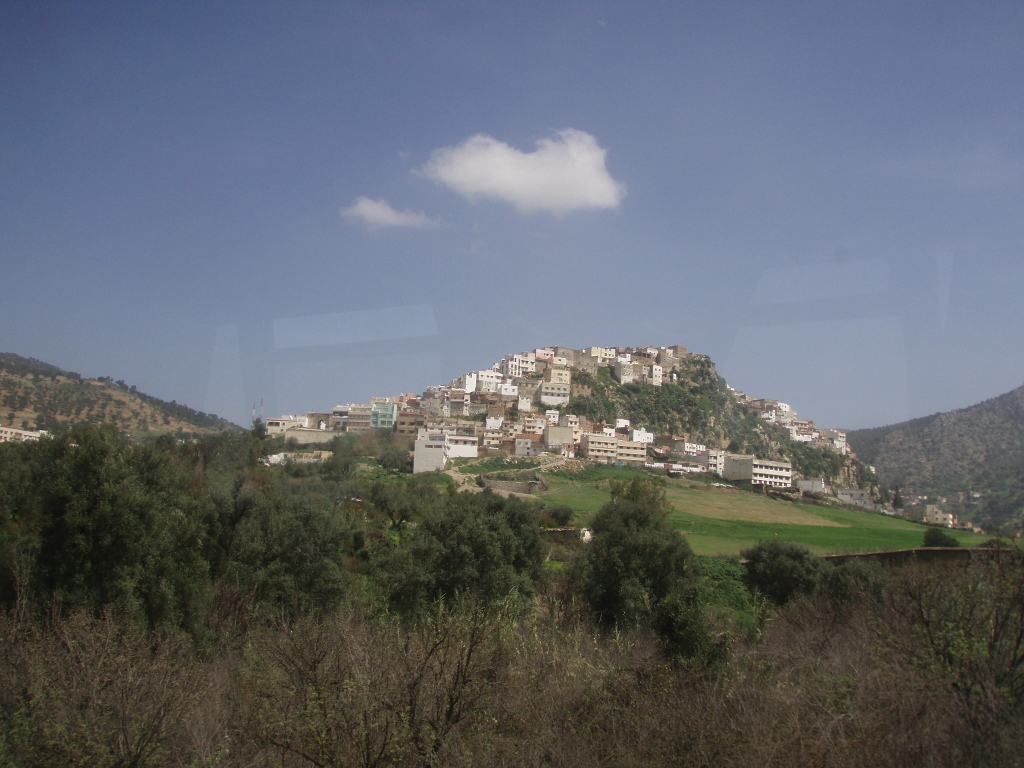 On the road from Meknes to Tetouan
On the road from Meknes to Tetouan
Once again, I was amazed by the amount of greenery I saw along the road. I don't think it was just because a lot of rain had fallen in the previous period – judging by the visibly cultivated fields, it's clear that this part of Morocco has a climate that supports developed agricultural production.
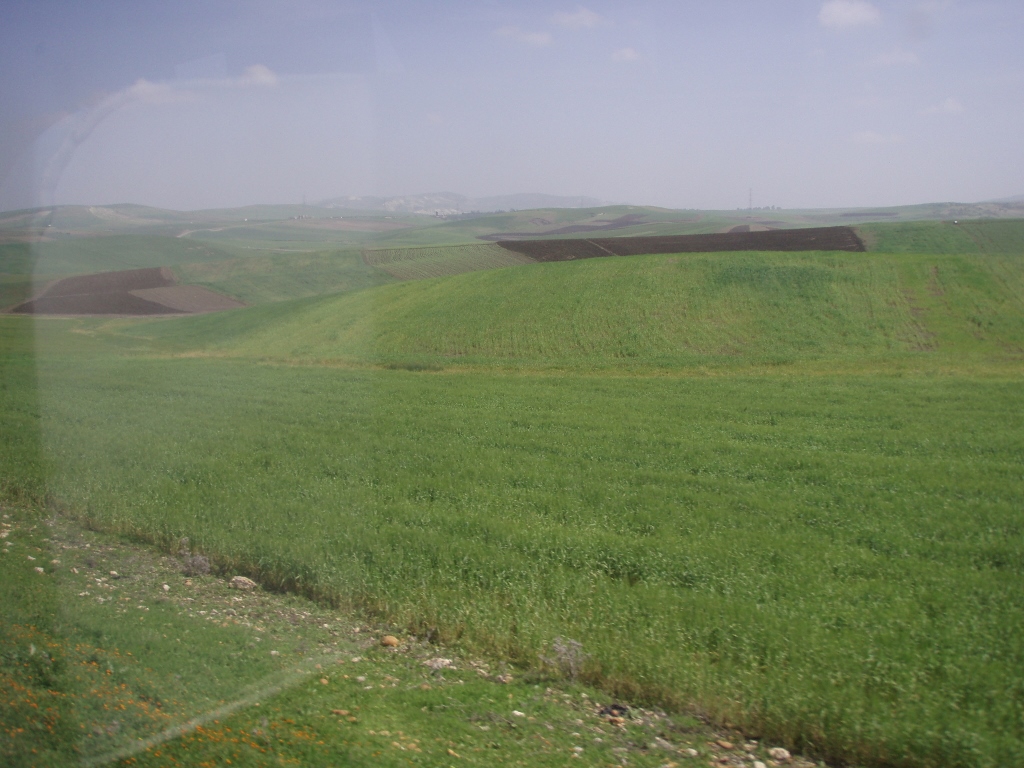 On the road from Meknes to Tetouan
On the road from Meknes to Tetouan
Since the journey was long, there were breaks along the way, and so I took a shot of a food scene. I got out of the coach to stretch my legs, but I wasn’t hungry, so I didn’t even look to see what I could eat.
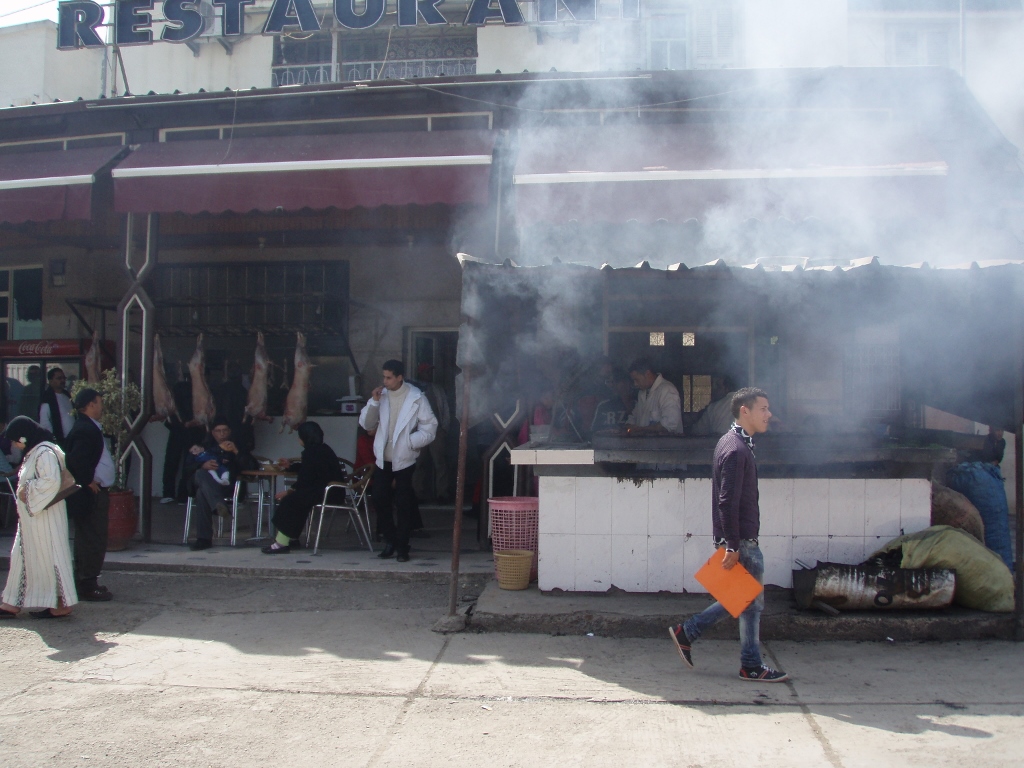 On the road from Meknes to Tetouan
On the road from Meknes to Tetouan
Along the way, we passed by rivers and as we travelled further north, we entered the area of the Rif Mountains range. The Atlas Mountains stretch more to the east and south of Morocco.
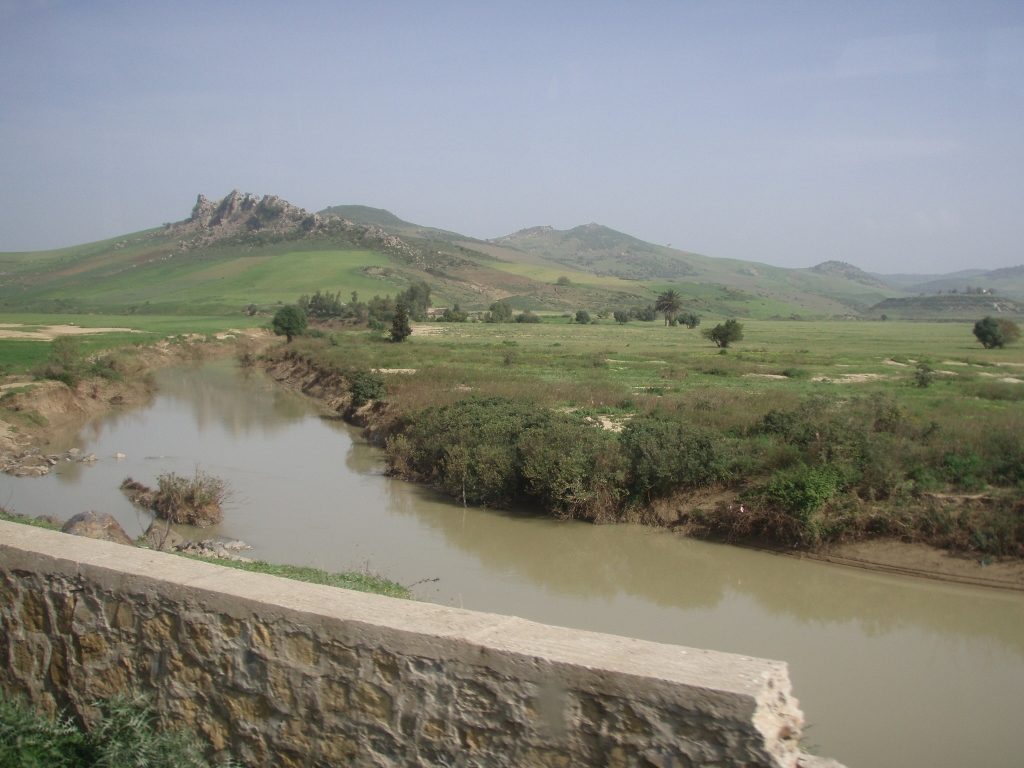 On the road from Meknes to Tetouan
On the road from Meknes to Tetouan
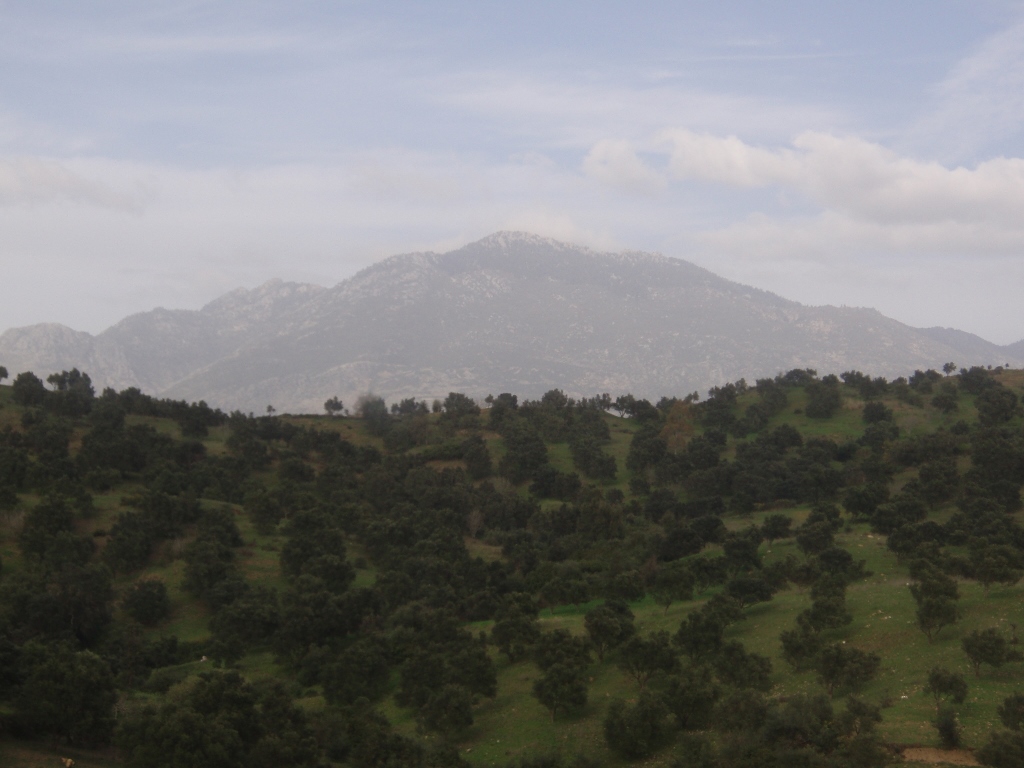 On the road from Meknes to Tetouan
On the road from Meknes to Tetouan
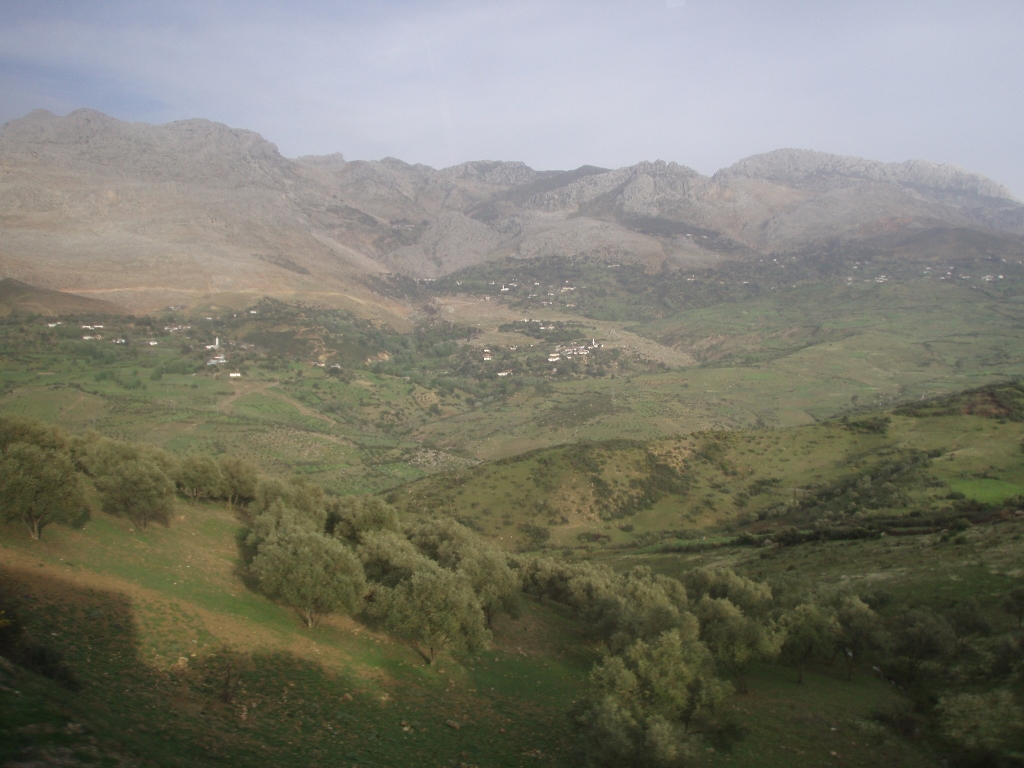 On the road from Meknes to Tetouan
On the road from Meknes to Tetouan
Although it seemed like the journey would never end, at one point we finally arrived in Tetouan. This isn't a large city and based on the information from my guidebook I thought the coach station was close to the "hotel area," which would have made everything easier and faster for me. However, it turned out the coach station was located farther away. Still, I managed to figure it out. I stayed at a very modest hotel (my room had a washbasin, but the toilet and bathroom were shared at the floor level). However, I didn’t want anything better, as I literally just needed a place to sleep. For that, it was perfect.
I hurried as much as I could, then went out and took a little walk along the pedestrian street, had a big sandwich for dinner and some pastries as well. Along the way, I took a few photos, but they were more of a reminder that I went for a walk that evening rather than anything that truly illustrates the town.
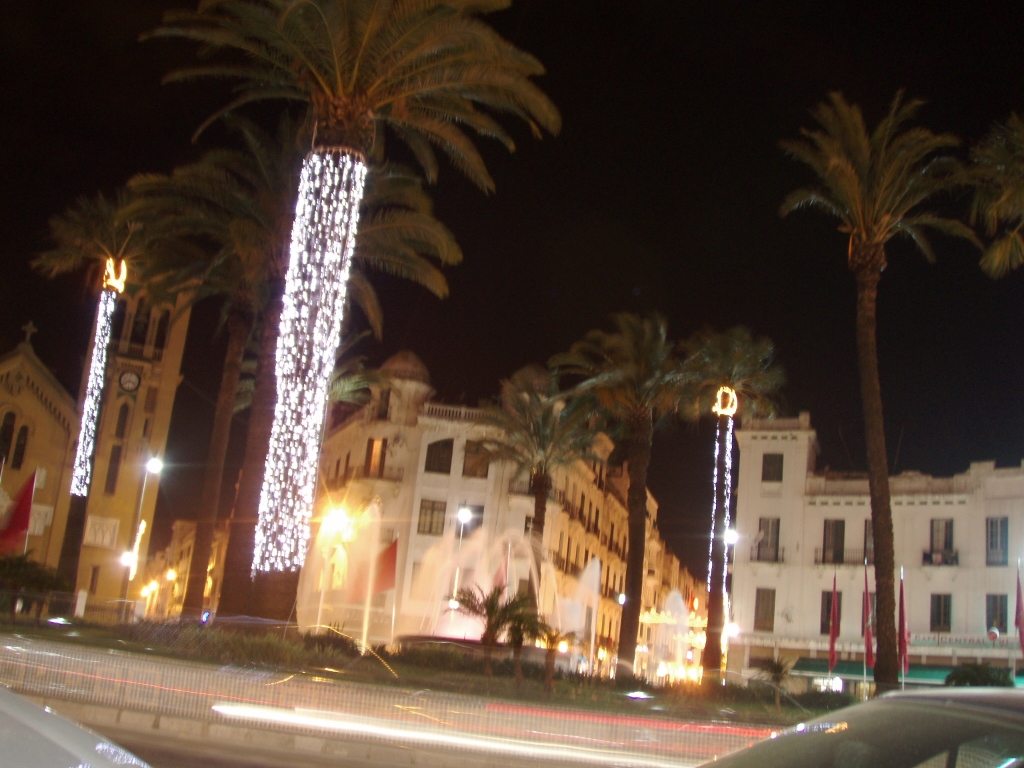 Tetouan, a detail
Tetouan, a detail
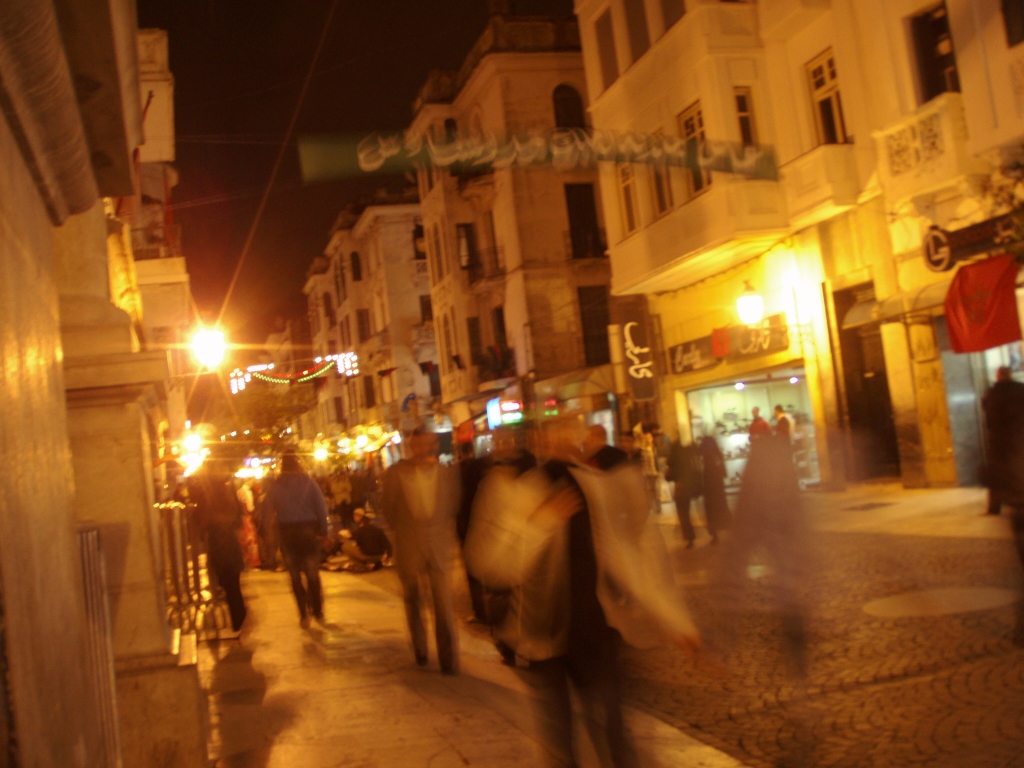 Tetouan, a detail
Tetouan, a detail
Since I had to continue my journey the very next day, which meant yet another long day of travel, even longer than the one before, my plan for exploring Tetouan was quite original and unusual.
My coach was scheduled to leave at 9 a.m., so I initially planned to get up at 6. Later, I changed up my mind, as it didn’t really make any sense whatsoever. The sun rose around 6:30 and I was already out on the street by 6:50, which was when I began my sightseeing tour.
I should also explain why I even wanted to come to Tetouan in the first place.
Namely, the Medina of Tetouan is inscribed on the UNESCO World Heritage List. I’ve been using that list for years as one of the key sources when planning my trips and deciding what I want to see or visit. That’s how I ended up coming to this city.
Although the first settlements in this part of present-day Morocco were founded as early as the 3rd century BCE, Tetouan became especially significant during the Islamic period, starting from the 8th century onwards, as it served as the main connection point between Morocco and Andalusia. So, all of this takes us back to the time when the Moors ruled southern Spain.
Over time, Tetouan was razed several times by Europeans (Spaniards and Portuguese), and after the Spanish reconquered the territories in Andalusia (by the end of the 15th century), refugees from that part of the Iberian Peninsula came here and rebuilt the city. This is what led to the strong and distinct Andalusian influence.
The Medina in Tetouan is one of the smallest in Morocco (just to remind, medina refers to the old, walled part of a North African city), but it’s also considered the most complete. The length of the historic walls is about 5 km and there are seven gates leading into the Medina. The main streets connect those gates and there are open spaces like larger and smaller squares. In addition, there are public buildings, mosques, artisanal and commercial areas of the old town, as well as a network of smaller streets and alleys leading to residential parts.
So I came here to see that Medina, but unfortunately I had only a very short amount of time early in the morning, because I simply couldn’t stay longer, considering everything else I still wanted to visit.
As I’ve mentioned, I started my walk through the city before 7 a.m. and at that time the streets were mostly quiet and empty.
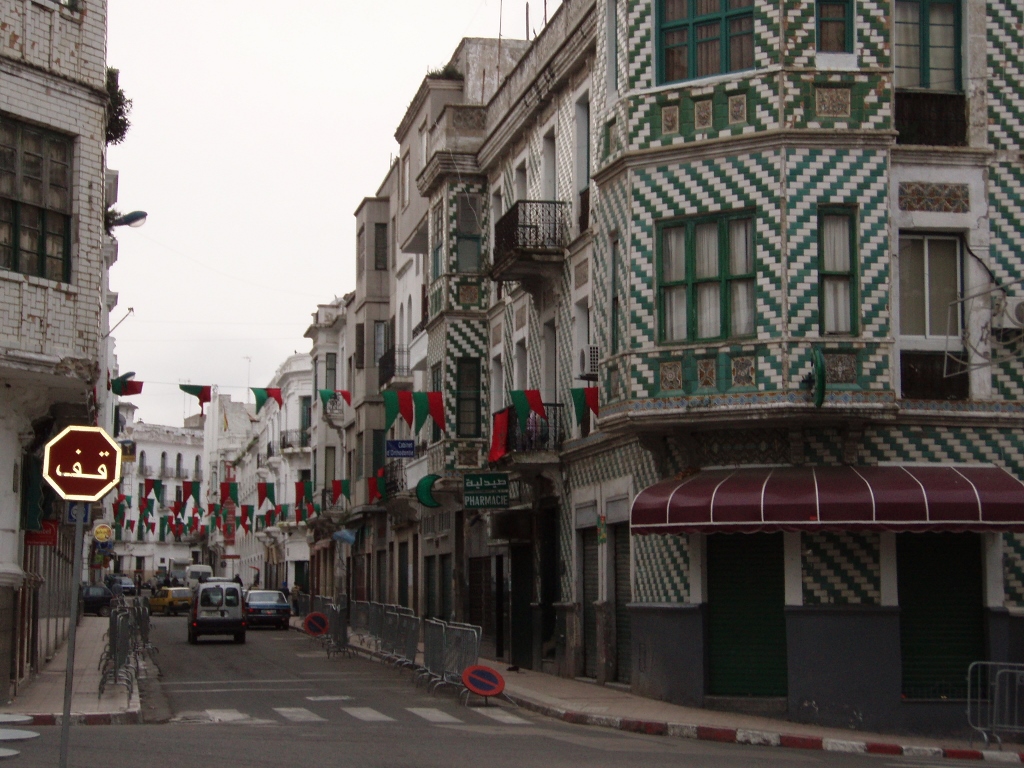 Tetouan, a detail
Tetouan, a detail
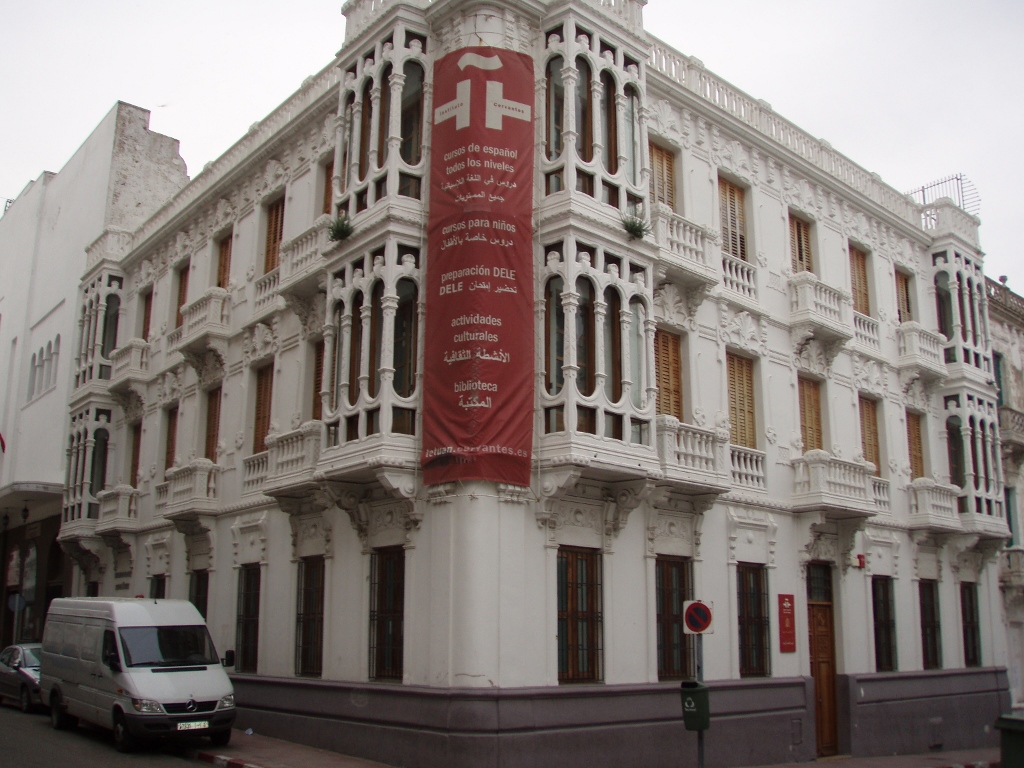 Tetouan, a detail
Tetouan, a detail
I began my tour of Tetouan from the square in front of the Royal Palace. At the time of my visit, the square was called Hassan II Square, but from what I can see, this open space is now referred to as Michouar's Square.
I had actually come here the previous evening as well and it was extremely crowded at that time. It wasn’t even possible to step out onto the square. Judging by the royal guards stationed there, I assumed the king or at least someone from the royal family was at the palace.
That morning, I stood to the side and started recording a bit with my video camera, but one of the guards gestured that filming the palace was not allowed, so I stopped. Still, in the few moments that the camera was on, I managed to capture a single frame that shows the palace’s front façade.
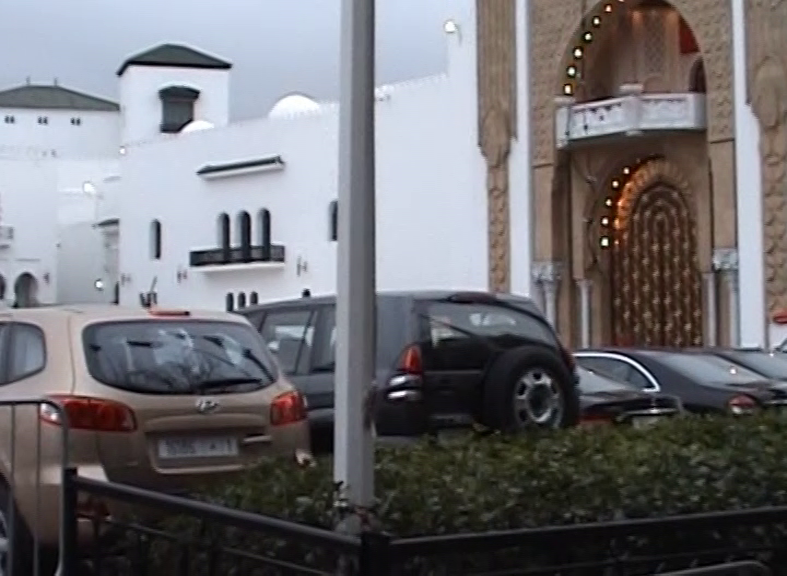 Tetouan, a detail
Tetouan, a detail
I entered the Medina through the Bab er-Ruah gate, which serves as the main entrance. However, I couldn’t film it because the guards didn’t allow any recording of the side walls of the Royal Palace either, even though to me it didn’t seem like there was anything particularly interesting there.
Still, I continued along one of the main streets, where there’s a row of shops – but that early in the morning, all of them were still closed.
 Tetouan, a detail
Tetouan, a detail
As I walked through the nearly empty streets, I paid attention to various details.
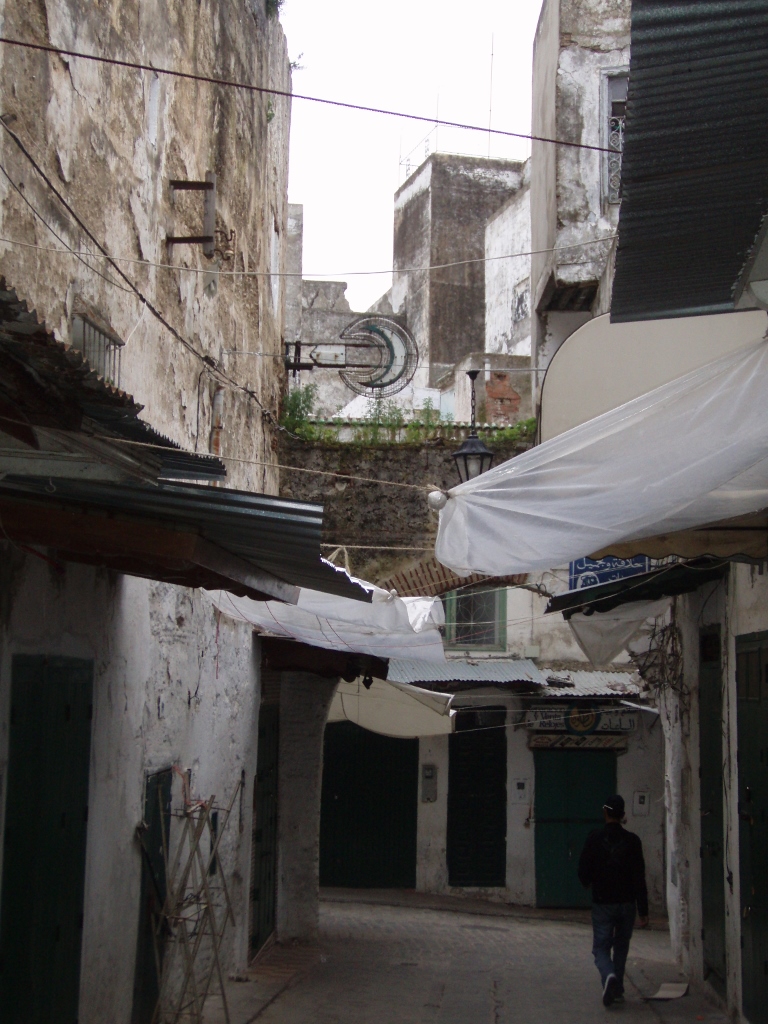 Tetouan, a detail
Tetouan, a detail
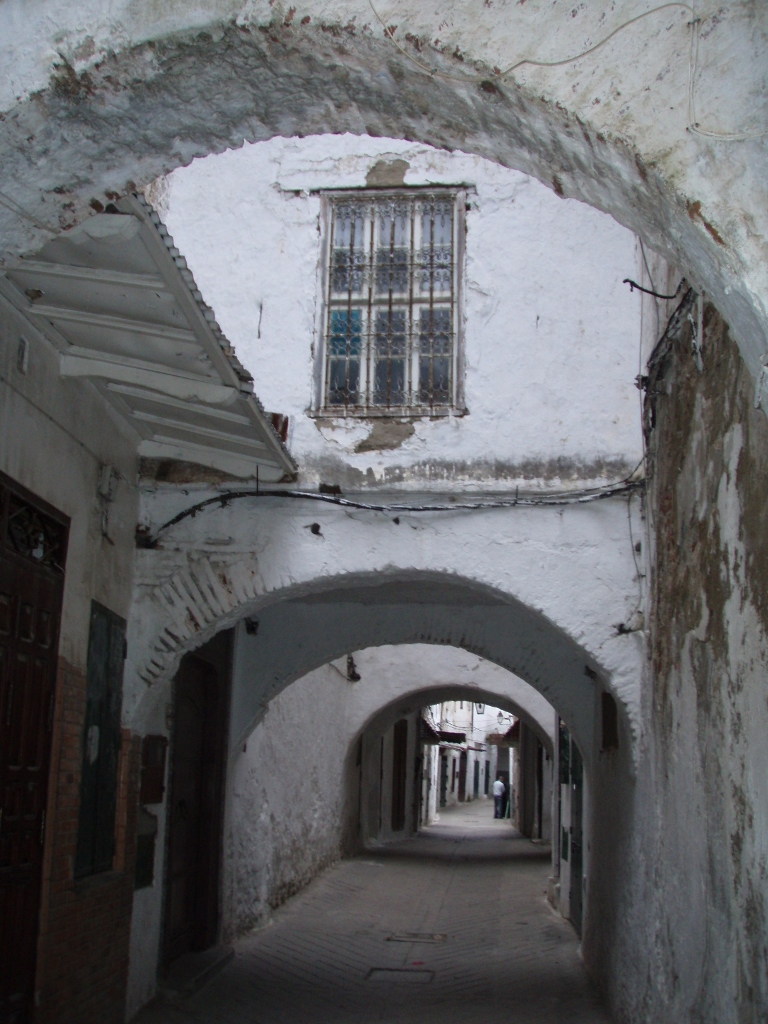 Tetouan, a detail
Tetouan, a detail
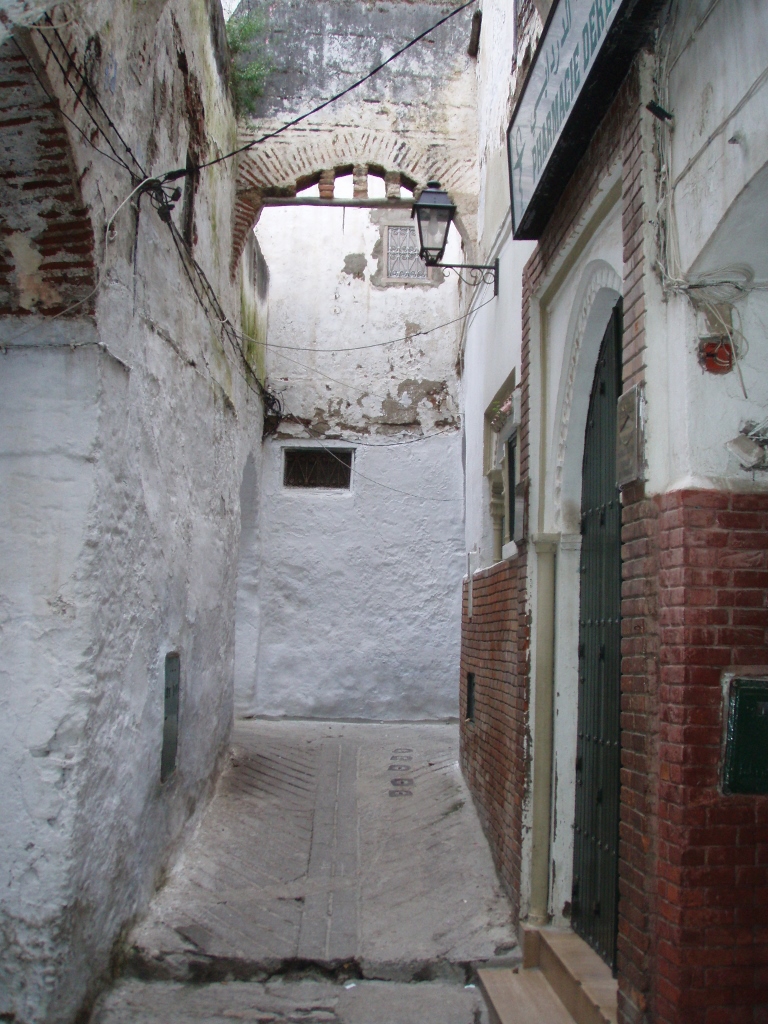 Tetouan, a detail
Tetouan, a detail
I had a very specific place I wanted to go to, but the streets quickly began to twist and turn, and before long, I completely lost my sense of direction.
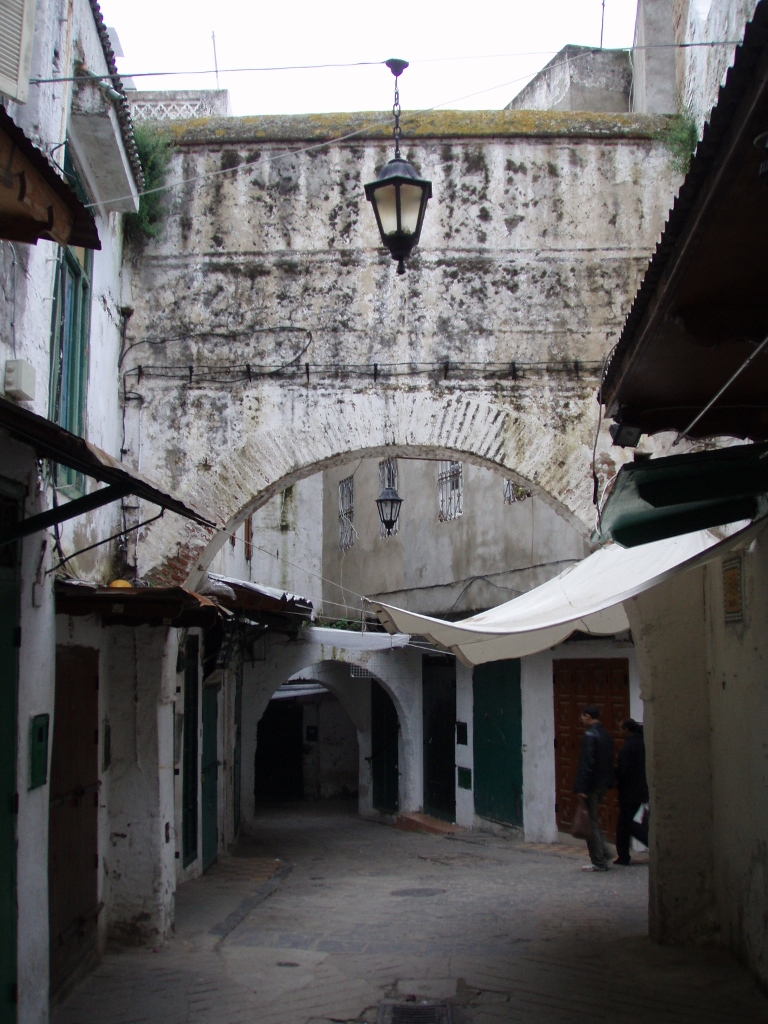 Tetouan, a detail
Tetouan, a detail
I also passed near a mosque, but I had no idea which mosque it was.
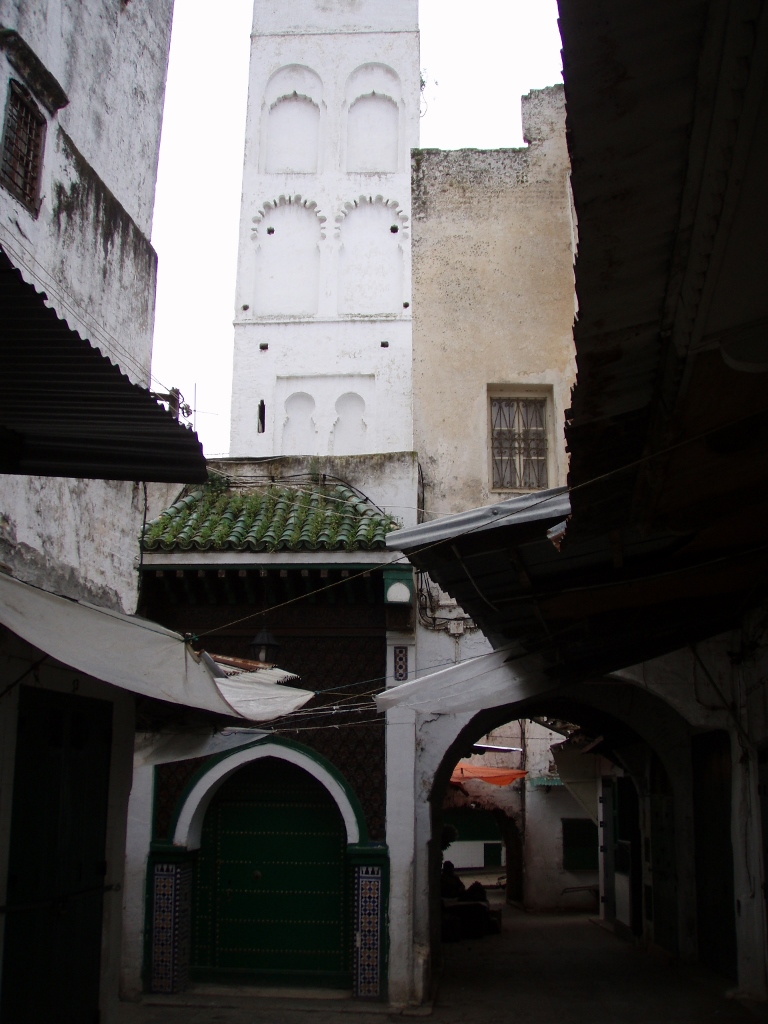 Tetouan, a detail
Tetouan, a detail
However, that didn’t stop me from enjoying the details and filming them, especially when they were as beautiful as the entrances you can see in the next photo.
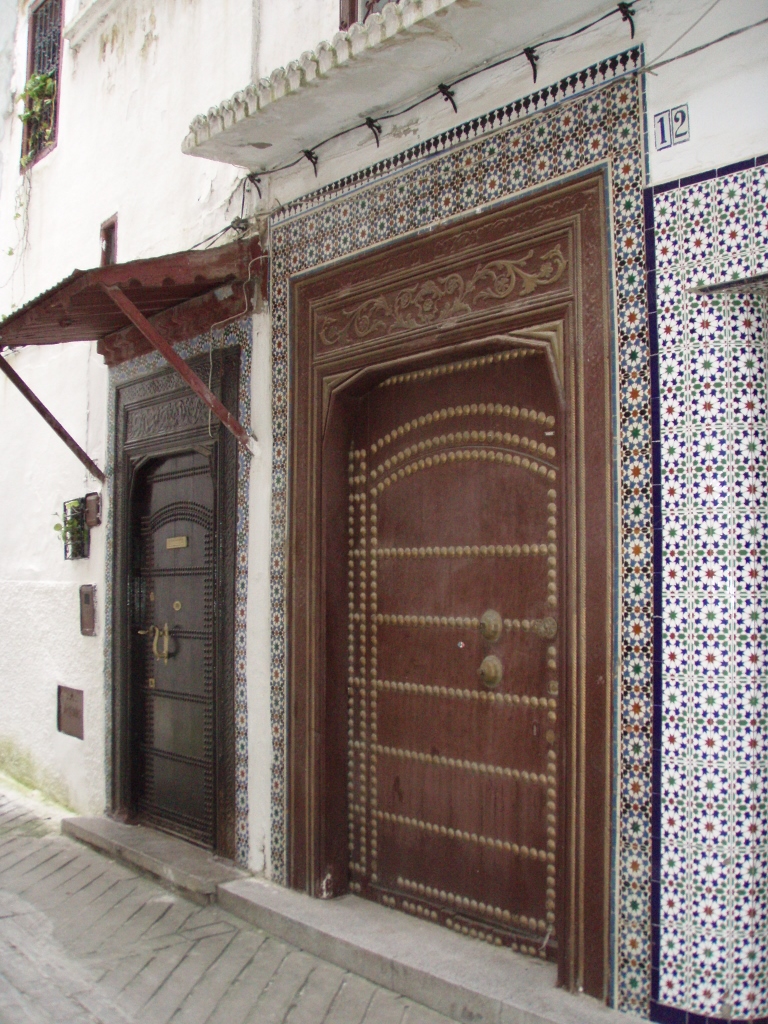 Tetouan, a detail
Tetouan, a detail
And then, almost miraculously, I ended up exactly where I needed to be – at the Bab el-Okla gate. It’s located on the eastern side of the Medina and consists of two passageways. It is also interesting that old cannons are lined up along the top of the walls as decorative elements.
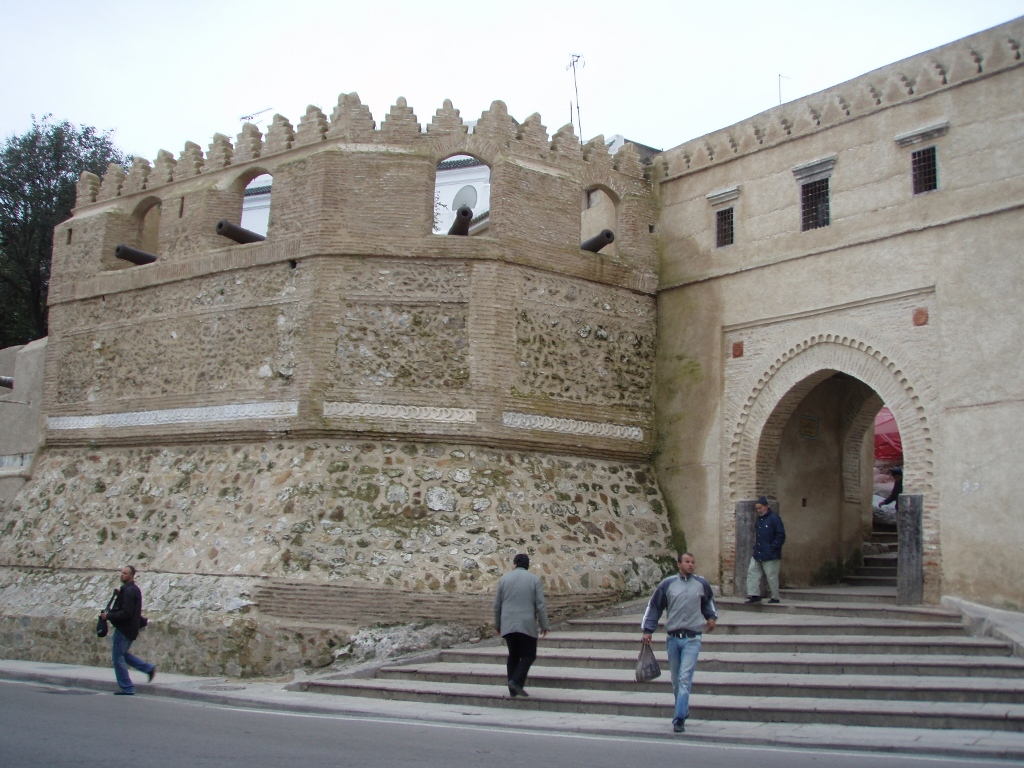 Tetouan, a detail
Tetouan, a detail
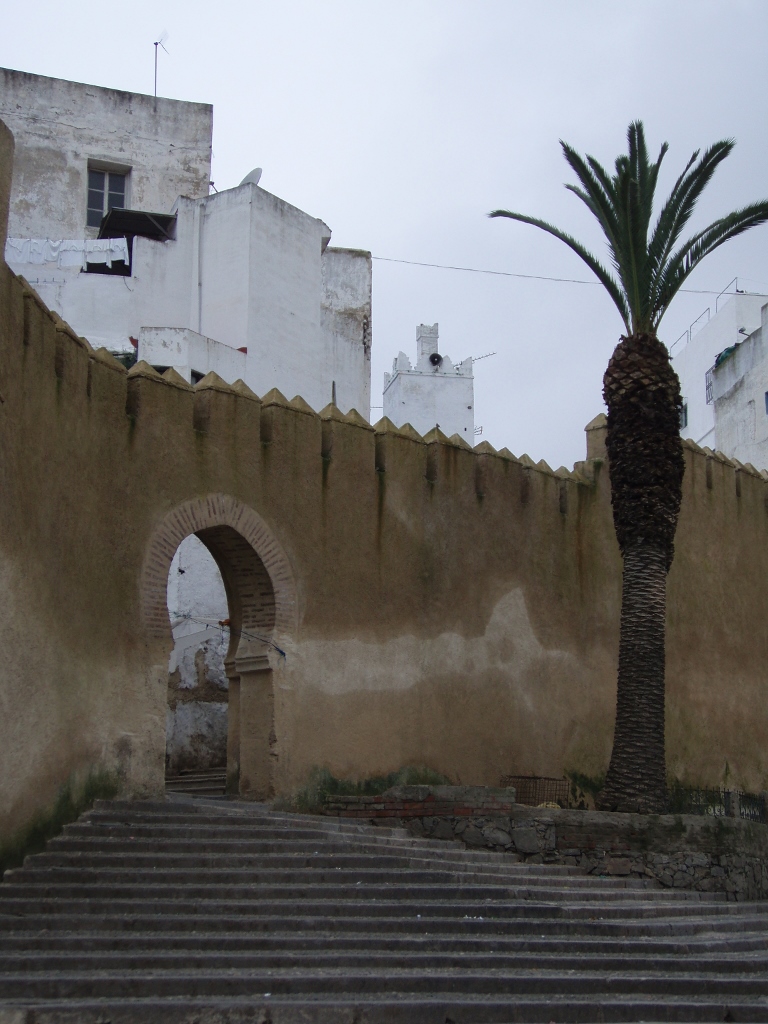 Tetouan, a detail
Tetouan, a detail
Then, from the outside of the Medina walls, I went to another gate on the northeast side of the old town – Bab es-Saida.
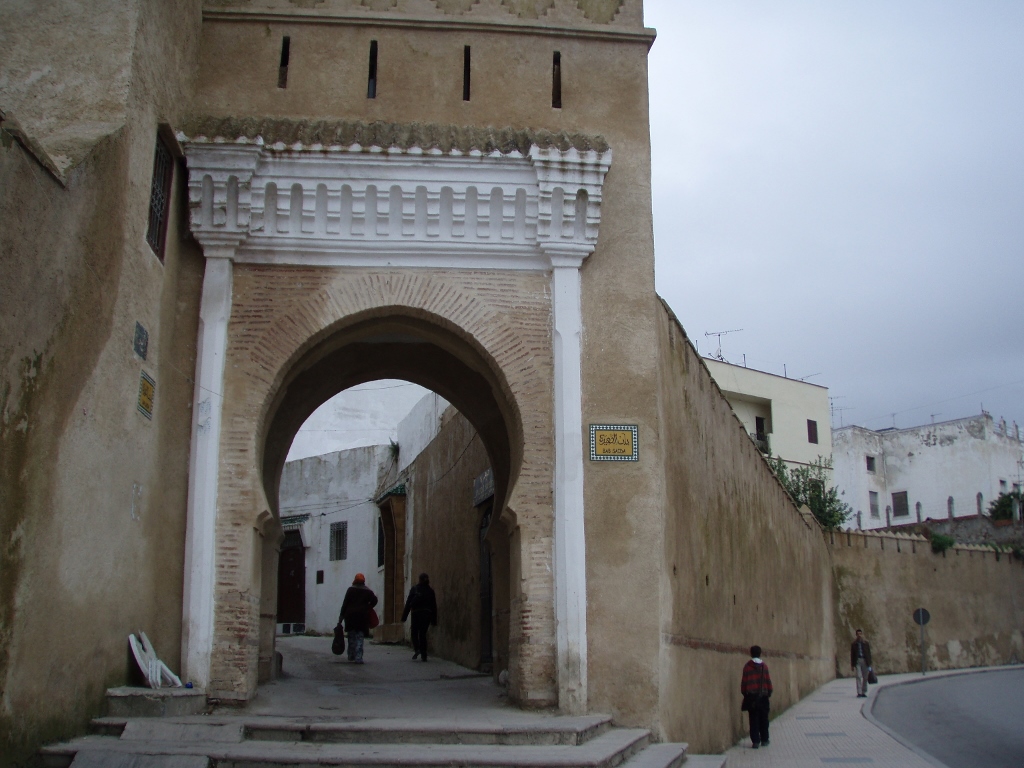 Tetouan, a detail
Tetouan, a detail
Through it, I re-entered the Medina and soon I arrived at the Saidi Mosque within the Medina of Tetouan.
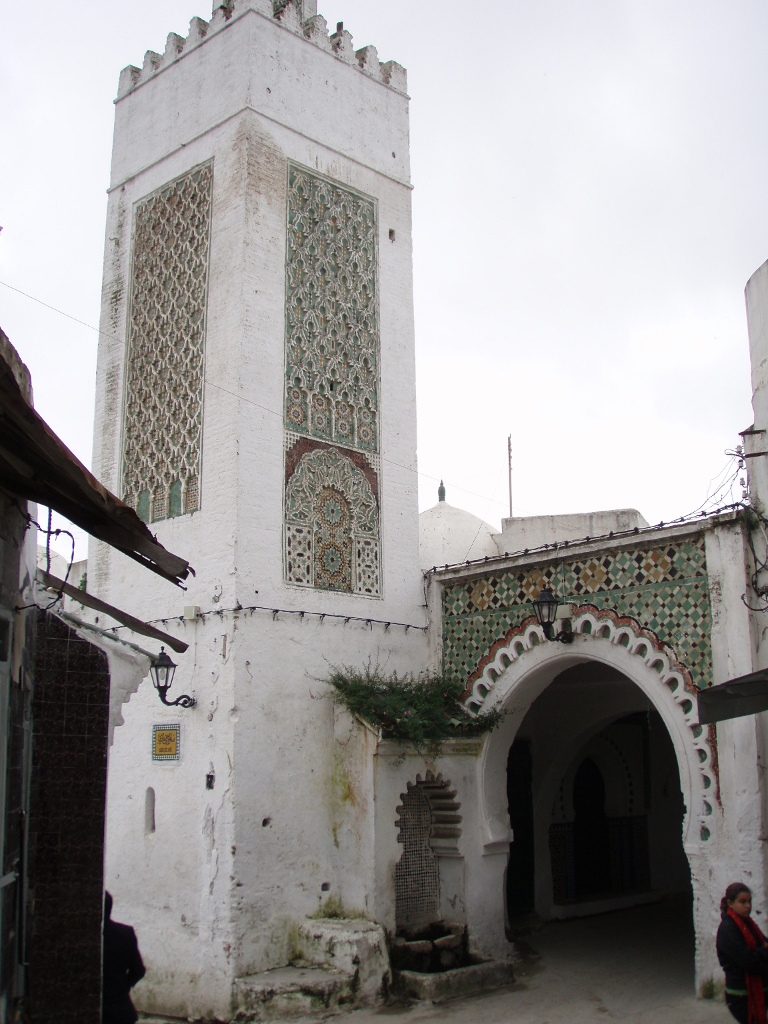 Tetouan, a detail
Tetouan, a detail
There are about 20 mosques within the Medina of Tetouan where both the Saidi Mosque and the Great Mosque stand out. However, non-Muslims are not allowed to enter mosques in Morocco, so I can’t say anything about the interior of these places of worship. Perhaps the situation has changed since then, but that was the case in 2010.
So, I continued walking through the streets of the Medina, occasionally taking photos, all while enjoying the picturesque scenes around me.
 Tetouan, a detail
Tetouan, a detail
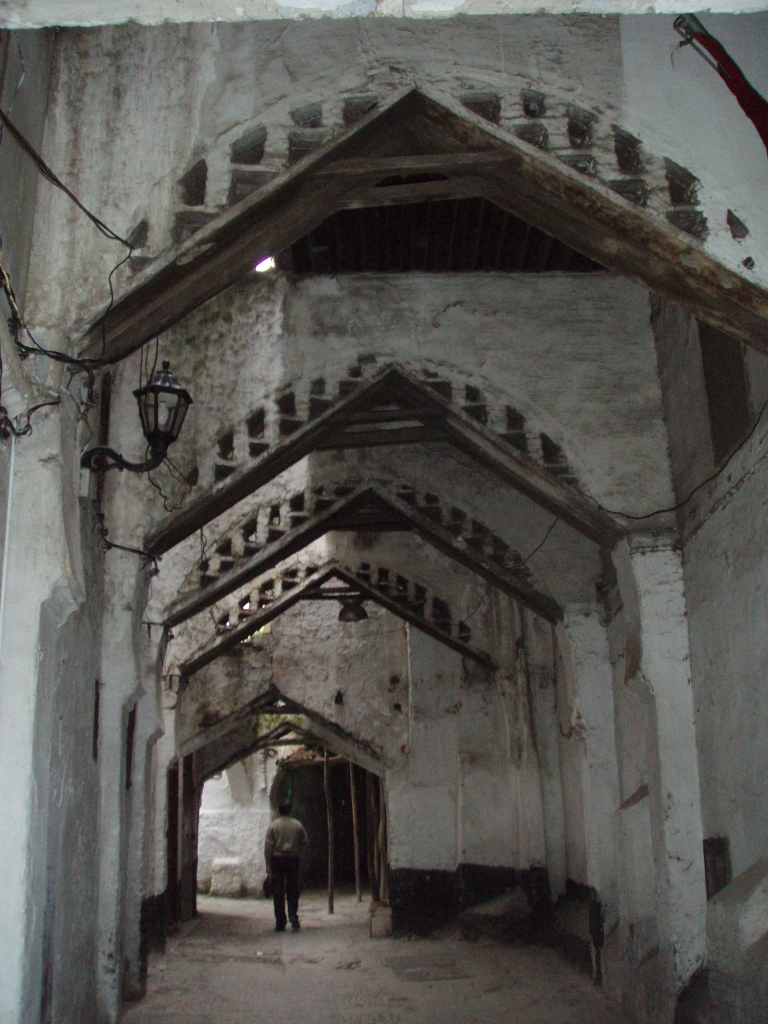 Tetouan, a detail
Tetouan, a detail
Since the urban planning here doesn’t follow the approach of having a large square or open space in front of significant places of worship, I could only see the Great Mosque in Tetouan in small details – the impressive entrance and a part of the minaret.
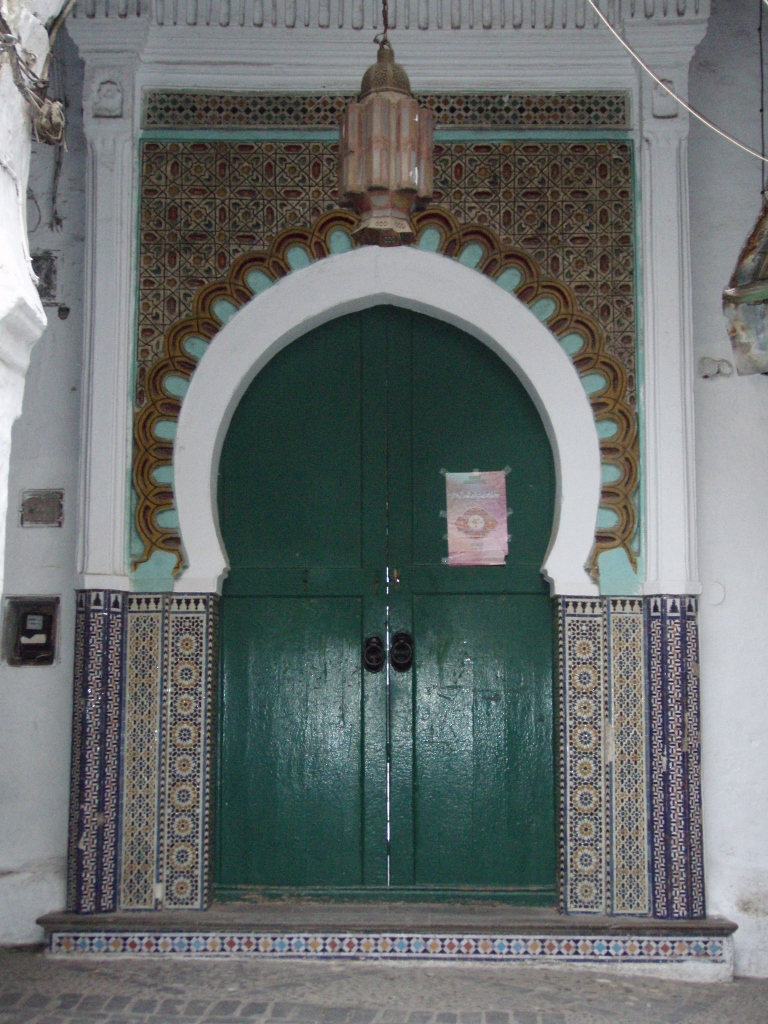 Tetouan, a detail
Tetouan, a detail
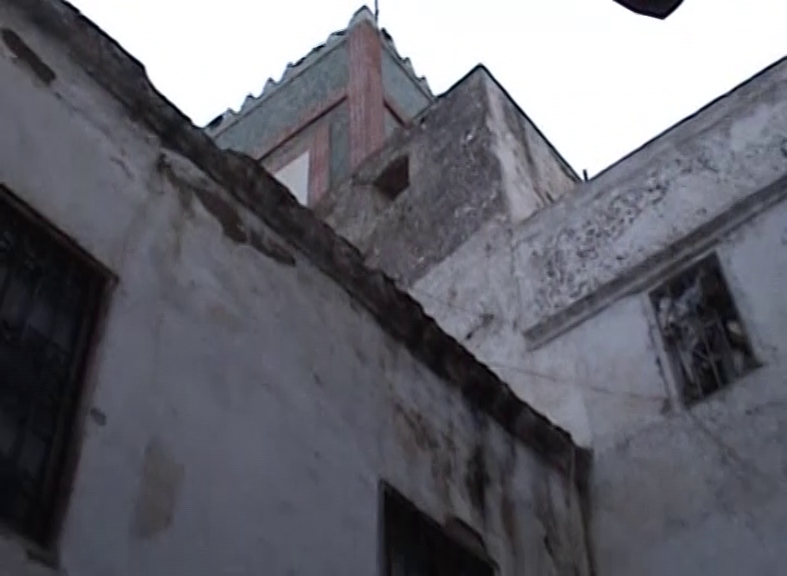 Tetouan, a detail
Tetouan, a detail
By now, I had started to slowly make my way back towards the western part of the Medina, as I intended to exit the old part of the city and move into the newer area. However, I still kept taking photos along the way.
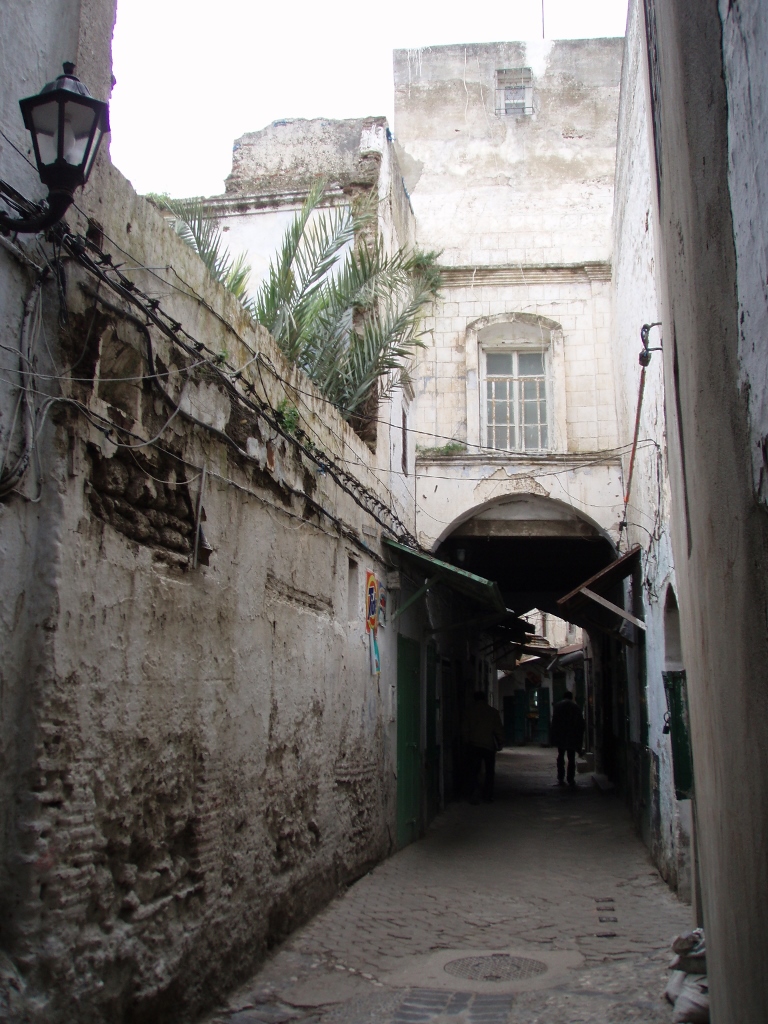 Tetouan, a detail
Tetouan, a detail
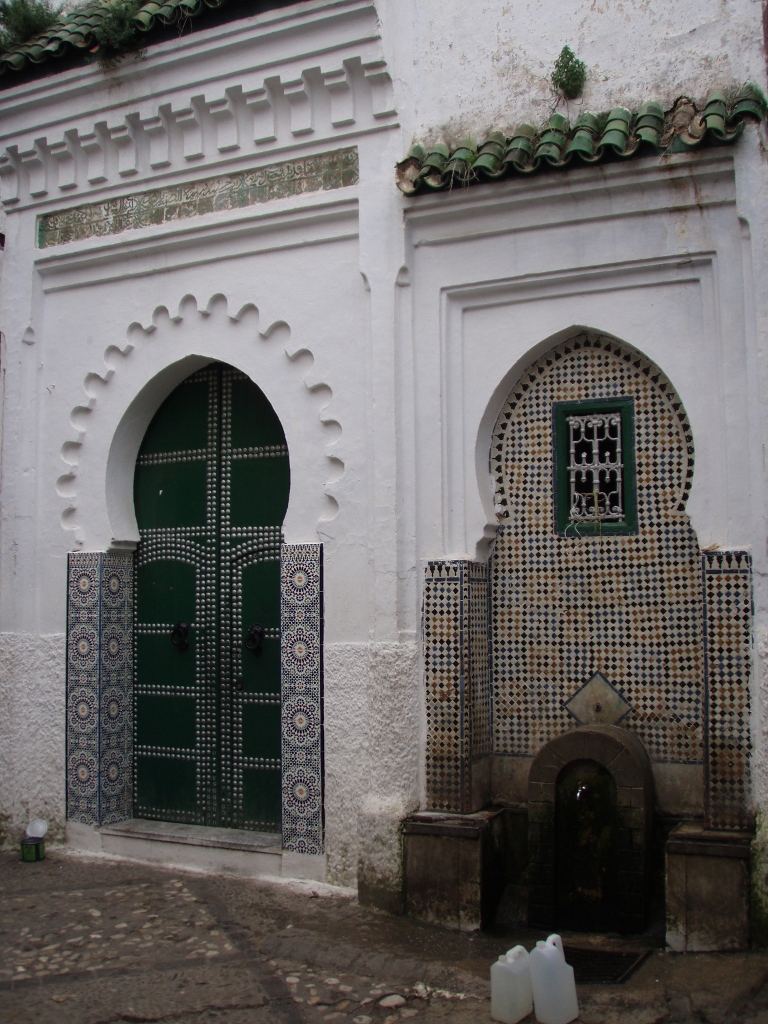 Tetouan, a detail
Tetouan, a detail
What I couldn’t capture was the beautiful smell of freshly baked pastries wafting from the bakeries that were opening along with some of the other shops.
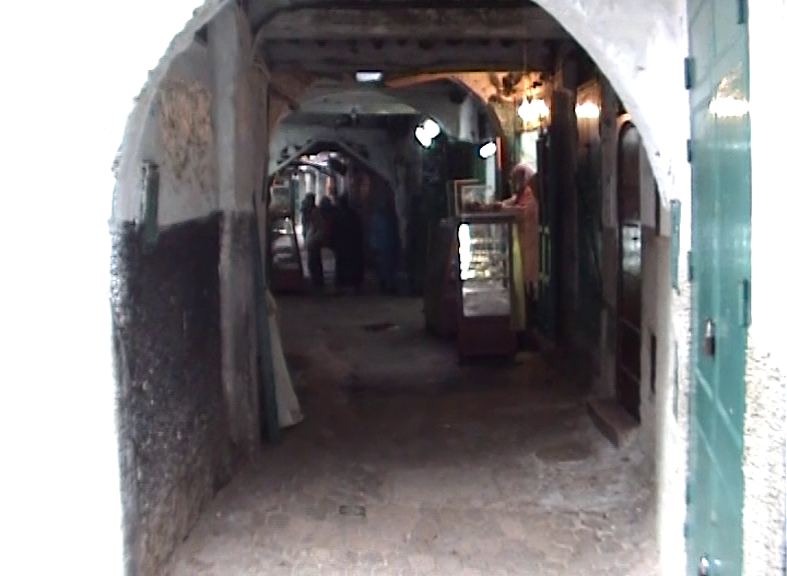 Tetouan, a detail
Tetouan, a detail
And yet, I didn’t stop there for breakfast, as I had already planned to go to a place where I could have a good and hearty morning meal. The day ahead of me was going to consist of a long coach journey, and I needed to prepare for it in every way possible.
So, I returned to the square in front of the Royal Palace and from there I started down Mohamed V Avenue.
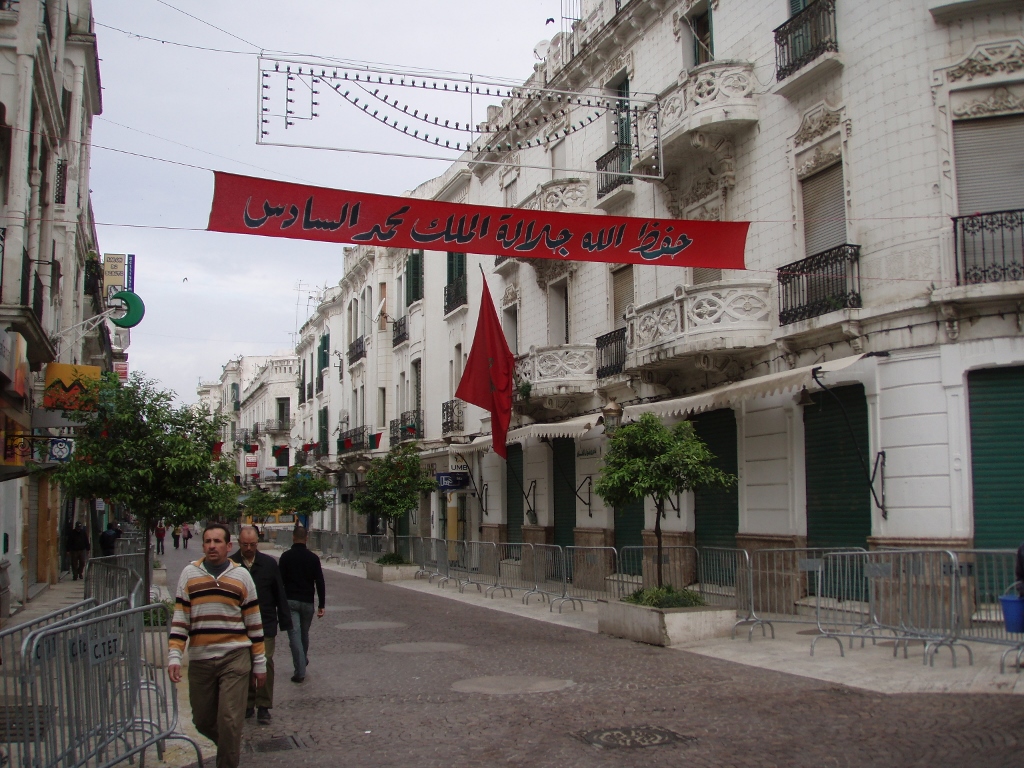 Tetouan, a detail
Tetouan, a detail
Here, the Spanish influence is quite clear, but it doesn’t date back to the 15th century or the refugees from Andalusia. Instead, it’s a result of Spain’s presence during the 20th century. Specifically, under the peace agreement between France and Spain along the Mediterranean coast, the Spanish Protectorate of Morocco was established (1912-1956), while Tetouan served as the capital of this zone.
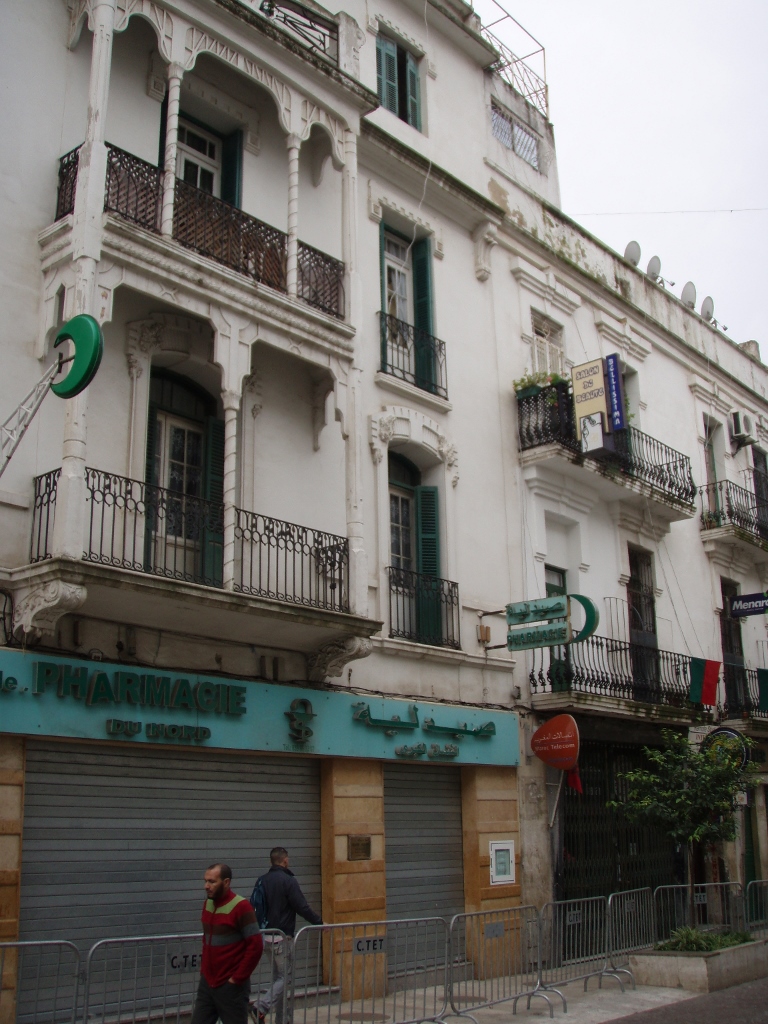 Tetouan, a detail
Tetouan, a detail
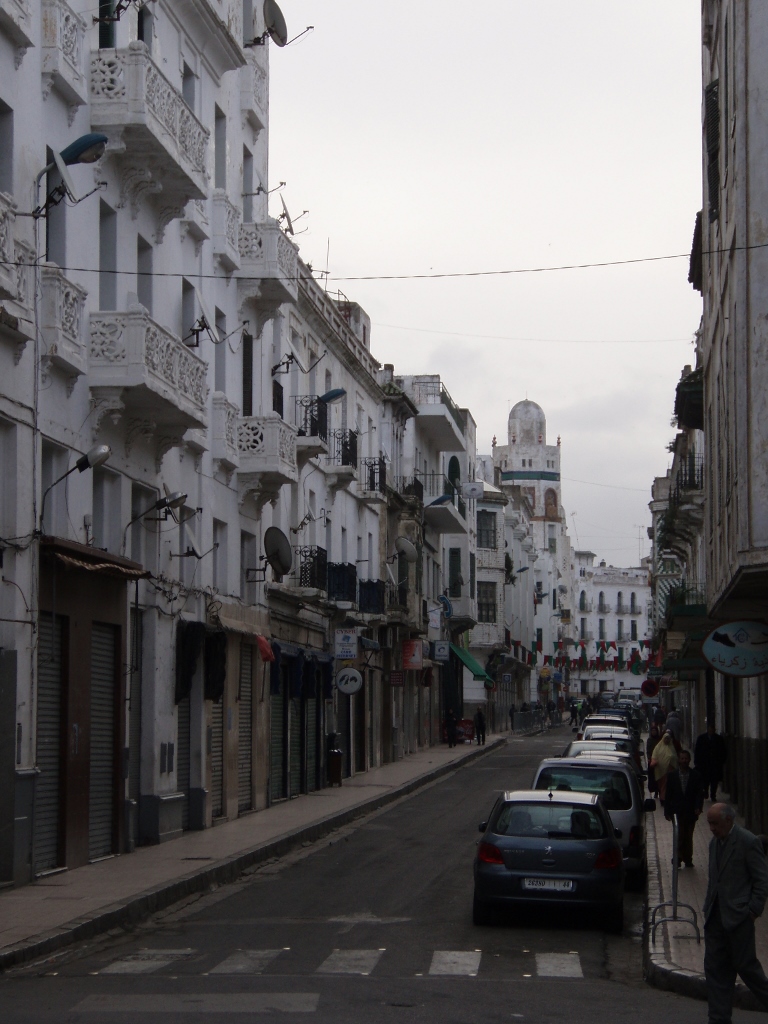 Tetouan, a detail
Tetouan, a detail
The undeniable Spanish influence can also be seen in the Catholic church (the yellow building on the left, behind the palm trees, in the photo below) that was built by the Spanish and is still active today.
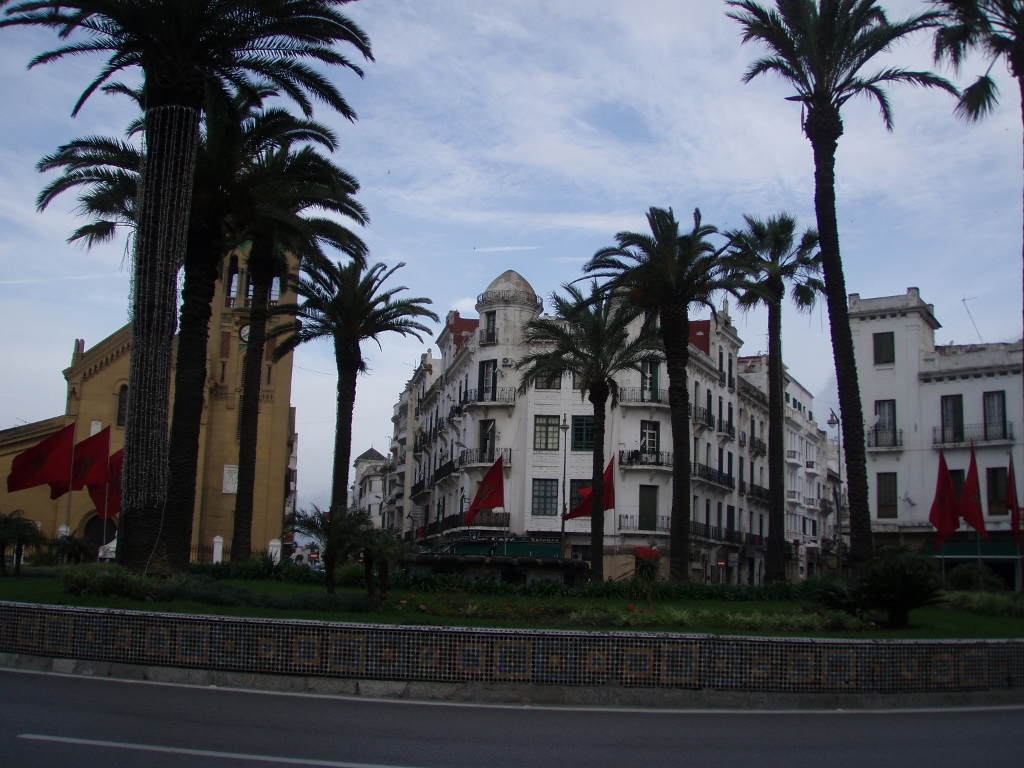 Tetouan, a detail
Tetouan, a detail
Here, at Moulay El Mehdi Square, I finished my tour of Tetouan. It was a whirlwind experience, but still satisfying. After that, I went for breakfast, then returned to the hotel, grabbed my already packed backpack and headed for the coach station. My coach to Al-Hoceima was at 9:00 AM and although the coastal route was about 230 km, the coach took a detour through the mountains. The journey was around 280 km, while the ride was expected to last for 8 hours!